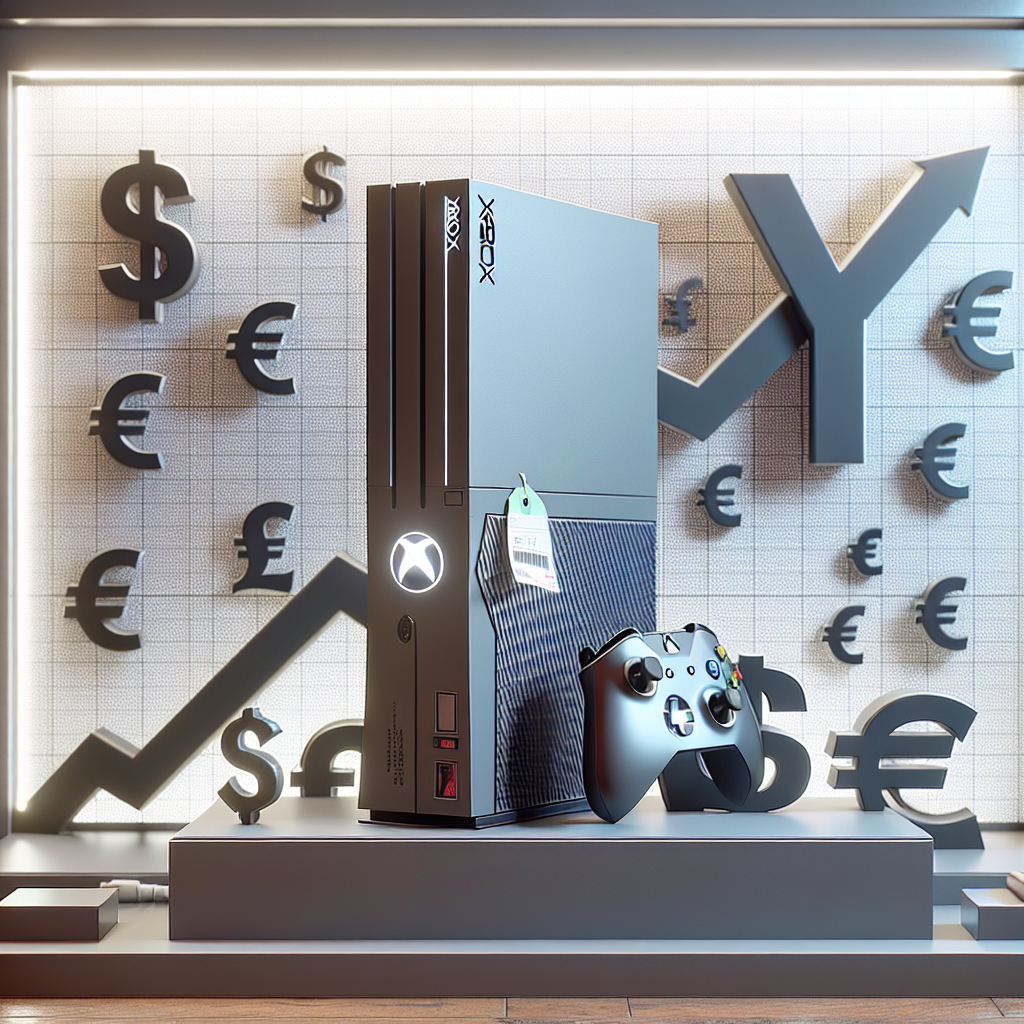Analysis
At the heart of Microsoft’s recent decision to increase Xbox prices globally lies a complex mix of economic volatility, trade uncertainties, and shifting industry standards. But while many consumers may be disappointed by the news, the move could be a calculated play to futureproof its gaming operations.
Over recent months, global tech giants have grappled with trade wars and increasing production costs. For Microsoft, the looming risk of tariffs—particularly tied to U.S.-China relations—represents a major threat to profitability.
- Tariff fears: With potential import restrictions looming, Microsoft might be preemptively safeguarding its revenue by adjusting prices now, rather than facing unmanageable margins later.
- Cost of components: The price of chips, semiconductors, and rare-earth materials has increased significantly, fueling the need for revised pricing models.
- Global logistics: Ongoing shipping delays and inflationary pressures over the past two years have impacted nearly every sector—gaming hardware is no exception.
According to gaming economist Daniel Kuchner:
“Microsoft’s price hikes are part of a growing trend as tech companies pass on rising production costs to consumers. Expect other major players to follow suit.”
Daniel Kuchner, Gaming Economist
The move also doubles as a positioning effort—by redefining Xbox hardware’s perceived value, Microsoft may seek to align pricing with the premium nature of its services like Xbox Game Pass Ultimate and Cloud Gaming features.
It’s noteworthy that while Sony has implemented similar pricing structures in response to inflation, Nintendo has remained largely conservative with its pricing—offering a contrasting approach that appeals particularly to cost-sensitive markets.
What does this mean for gamers? It’s likely that the age of $299-$499 consoles may be fading. As everything from smartphones to GPUs sees cost increases, consoles are following suit. However, Microsoft did hint that it’s looking for innovative ways to continue offering value—possibly via bundles, digital offerings, or enhanced service packages.
Industry predictions suggest that while there may be short-term backlash, long-term adoption won’t take a significant hit—especially if Microsoft continues to deliver top-tier gaming titles and seamless platform integration.
What’s Next?
Gamers should brace for continued volatility. Microsoft’s move could initiate a domino effect, encouraging both Sony and Nintendo to revise their pricing strategies. At the same time, digital-only platforms and subscriptions may gain traction as more accessible alternatives to costly hardware.
For now, if you’re considering investing in an Xbox, it might be a good time to buy before additional price adjustments roll out—especially in untapped markets like South America and India, where price sensitivity remains a critical issue.
Sources
Disclaimer
Please note: The image used in this article was AI-generated. This blog post was written with the assistance of AI technology to enhance clarity, accuracy, and content depth.












